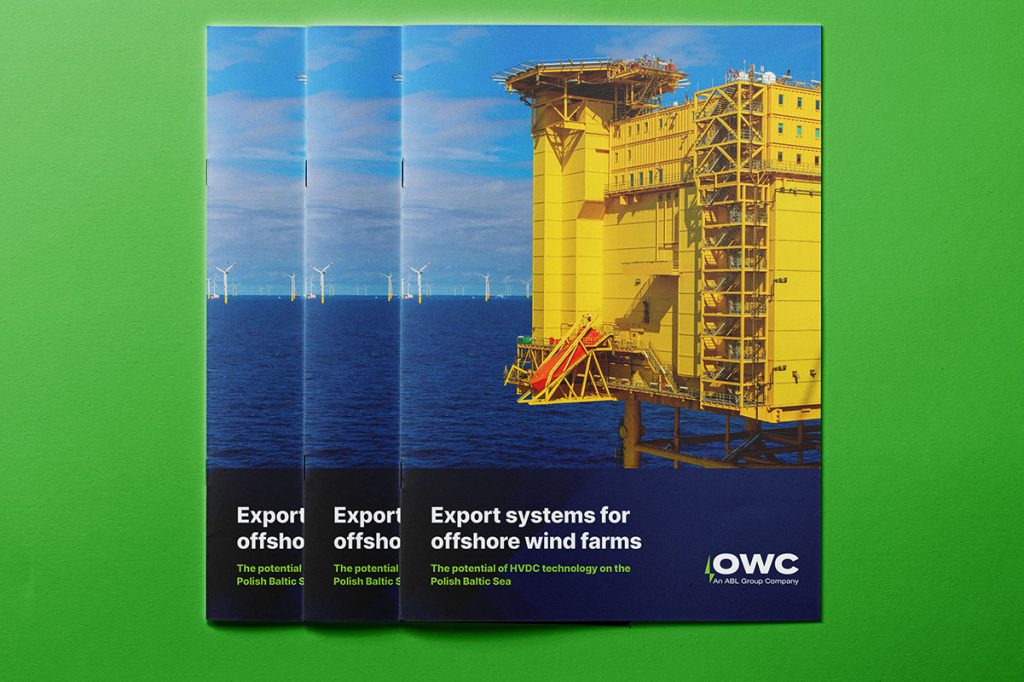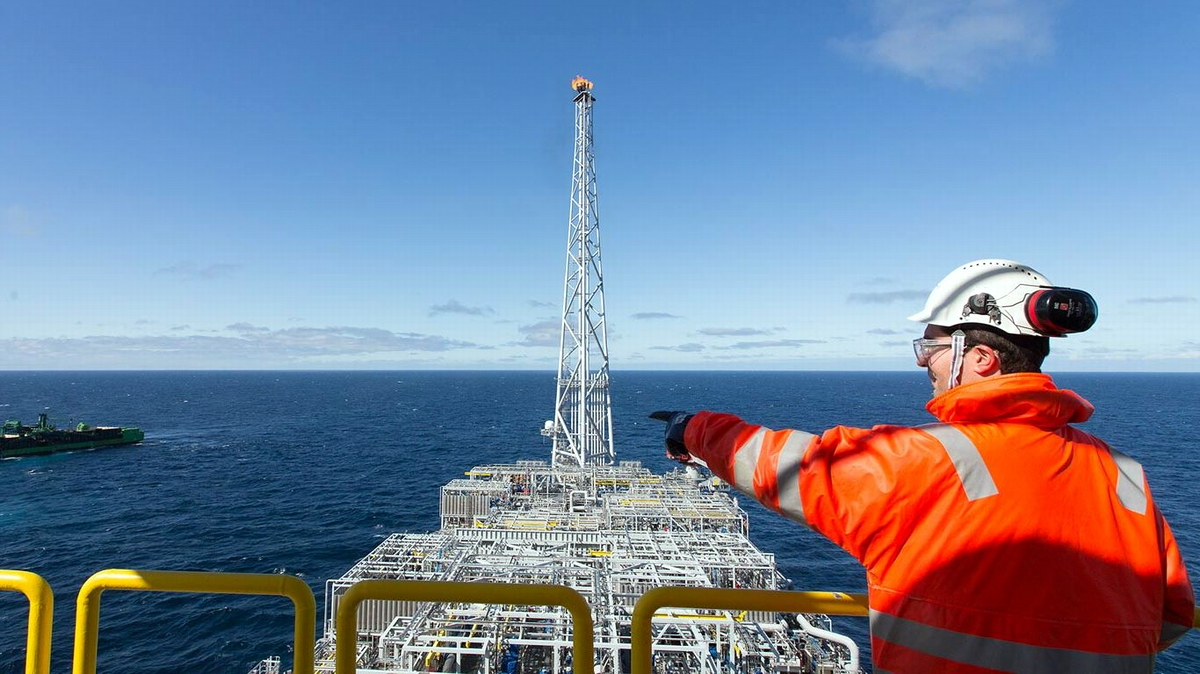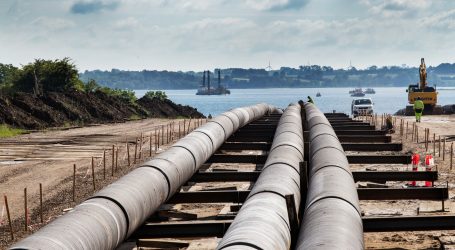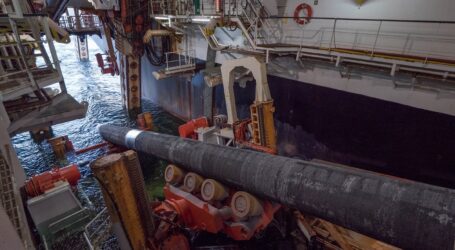OWC encourages consideration of HVDC transmission systems for Polish offshore wind farms
OWC – a consultancy specialising in renewable energy – has produced a White Paper (White Paper) in which it encourages developers of Polish offshore wind farms to consider HVDC technology as a power derivation system.
The offshore wind market in Poland is developing rapidly. There are currently nine projects in the pipeline with a total capacity of more than 8 GW, and it is expected that the first electricity from these projects could flow as early as 2025. In addition, applications from developers for 11 other areas earmarked for offshore wind farms are in the process of being decided, four of which have already been awarded. The total projected installed capacity of these projects is 18 GW.
Unlike some foreign markets, in Poland it is the developer who is responsible for connecting the farm to the grid, including the offshore substation, the offshore and onshore export cable and the onshore substation.The grid operator only provides the capacity and the connection point.
The two main types of technology used for energy export are high voltage alternating current (HVAC) and high voltage direct current (HVDC).
Until recently, HVDC technology was not considered in Polish wind farm projects. Nevertheless, OWC, being aware of market conditions and design decisions around the world, is encouraging developers to consider HVDC as a potential export transmission scheme in connection with the second round of permits for the erection of artificial islands in the Baltic Sea in Poland.
“The selection of an offshore wind power derivation system technology, together with the associated application for grid connection conditions, is therefore one of the most important decisions guiding the design process of Polish offshore wind farms. This will have a huge impact on project outcomes such as production, availability, capital and operating costs,” – says Bartosz Hunek, Principal Electrical Engineer at OWC and co-author of the presented study.
The decision between HVDC and HVAC
Compared to HVAC, HVDC is able to export much higher capacities with fewer cables and long distances. Therefore, HVDC technology is more applicable to high-power projects and cable routes of more than 100 km. On the other hand, HVDC technology, due to its complexity, is still associated with increased costs and supply chain constraints.
In recent years, most of the power lead-out systems from wind farms under construction were less than 100 km long, so they mainly used HVAC technology. However, HVDC is now widely considered in the design of large and far-flung offshore projects around the world, and its role in offshore energy export systems is expected to grow.
In its White Paper, OWC conducted an analysis of the main features of HVDC technologies together with their impact on the development, construction and operation of offshore wind farms. OWC has also developed a cost model for power derivation systems to compare the costs of HVDC and HVAC technologies for specific offshore wind farms and choose between the technologies.
“There are many good reasons for developers to consider HVDC technology for Polish wind farms, but they need to be aware that HVDC also brings many challenges. The main conclusion of our analysis is that some areas of wind farms in the Polish Baltic Sea can effectively use HVDC export technology and our aim is to encourage a wider discussion on this topic in the domestic offshore wind market,” – says Piotr Jędrzejewski, Electrical Engineer at OWC and co-author of the White Paper.
White Paper to download
The White Paper entitled ‘Export systems for offshore wind farms: the potential of HVDC technology on the Polish Baltic sea’ can be downloaded at:
abl-group.com/white-papers
OWC, which is part of the Oslo-listed ABL Group, is a specialist consultancy that helps develop and implement offshore wind projects and investments for developers and investors in all global markets. The company offers project development, owners engineering and technical due diligence services for the offshore renewable energy sector.
Source: PortalMorski.pl




